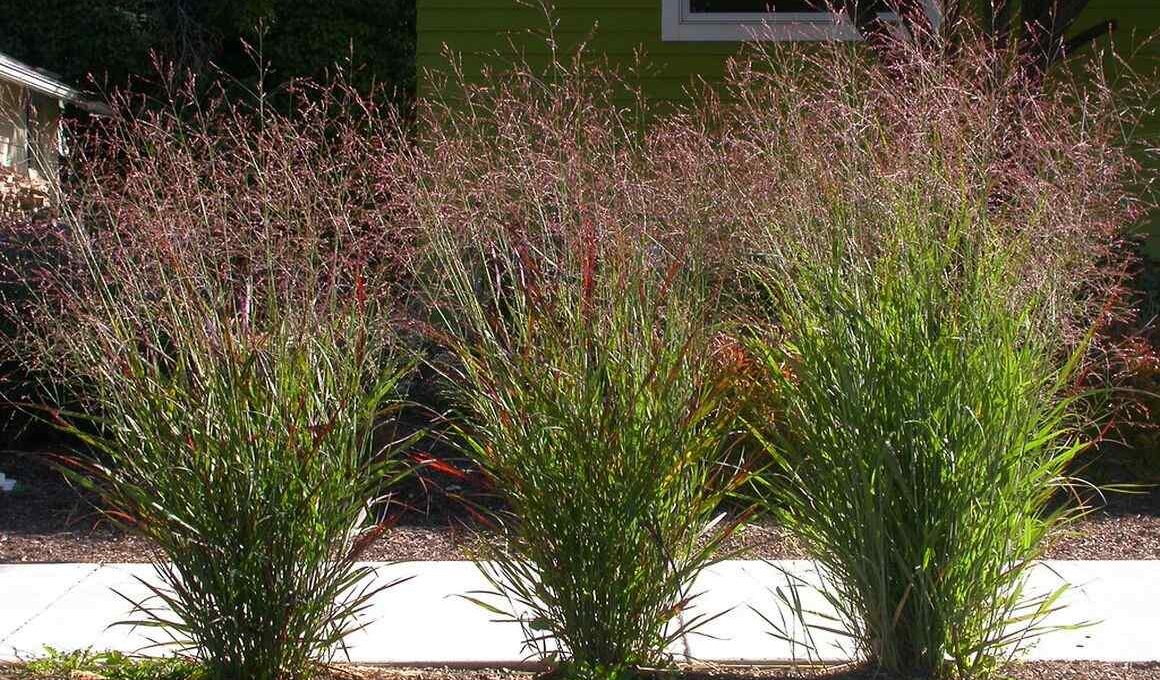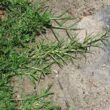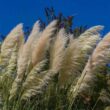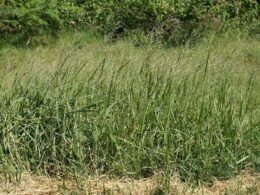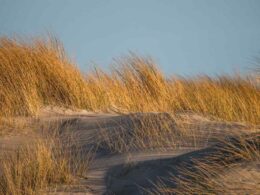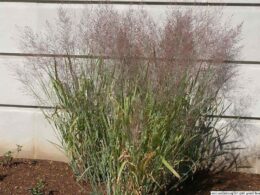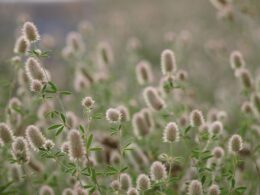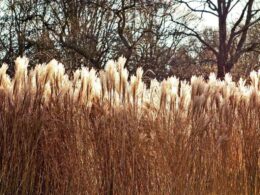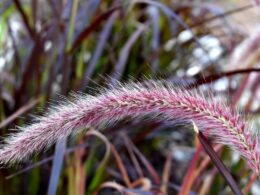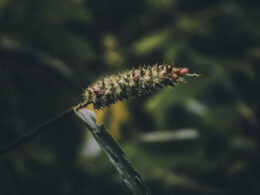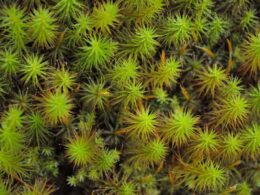What Is Ornamental Switch Grass?
Ornamental switch grass is a type of grass that grows in bunches, making it an effective choice for landscaping. It’s used in many parts of the world, from the United States to Australia, and is popular among homeowners looking for a low-maintenance plant to complement their yard. The appearance of switch grass is what makes it so appealing – it’s one of the many varieties of ornamental grass that have become a staple in modern lawns.
Switch Grass Appearance
Ornamental switch grass (Panicum virgatum) is an ornamental warm-season perennial grass that grows from 8 to 10 feet in height. The switch grass plant produces feathery, pinkish flower spikes that produce a soothing sound when the wind passes over them and are one or two feet above the foliage. The color of the leaves depends on the variety. There are varieties with green, blue-green and grey-green leaves, as well as varieties with green leaves with yellow stripes in their middle part. The leaf color changes as well depending on season.
When Does Switch Grass Bloom?
There are many varieties of switchgrass, with blooming times that range from late spring to late summer. The exact timing depends on the climate in which it is planted, but most switchgrass will bloom when the weather gets hot and dry.
Switch Grass Habitat and Distribution
It’s native to North America, and can be found in many habitats, like prairies and meadows. Switch grass has a widespread distribution throughout the United States, Canada and Mexico. Switchgrass’ habitat is diverse, and its range has increased tremendously over the past century due to human activity. The plant thrives in a wide variety of climates, from hot, dry regions to wet ones.
Switch Grass Care
Switch grass is a popular ornamental grass that’s relatively easy to care for. Switchgrass is an ornamental grass that is easy to grow in most conditions. It is a warm season grass, which means it grows best during the hot days of summer.
Cutting
Cut switchgrass 2-3 times, but only cut the leaf tips, so the growing point is not damaged. Mowing is usually necessary during the growing season to keep the grass from getting too tall.
Watering
Switch grass is a drought-tolerant native plant, meaning it doesn’t need a lot of water. It’s also somewhat salt-tolerant and can withstand light shade, making it ideal for drier coastal environments. Still, it will grow best if given about one to two inches of water per foot of depth. If you live in a region with hot summers and warm winters, you may want to give your switch grass extra water during the hottest months to help it retain moisture.
Fertilizing
Switch grass is very easy to grow, requiring little care and no fertilization. Switch grass should not be fertilized at planting.
How to Plant Switch Grass?
The best time to plant switch grass is in late spring or early summer – but before you start digging, pick out a sunny spot where you want to see the grass grow. The temperature of the soil should be above 60 °F.
Planting Switchgrass By Division
You can plant switch grass from division, during the springtime. If planting divisions, plant them at a depth of 1/2 to 3/4 in. Replant them at least 12 inches apart to give them space as they grow over time. It’s also important to give it space: at maturity, switch grass can grow to be over 5 feet tall and 4 feet wide. Don’t plant too close to other plants!
Soil
Switch grass is a perennial ornamental grass that grows best in full sun and is adaptable to many soil conditions. Although it prefers moist, well-drained, sandy or clay soils, it will tolerate dry conditions once established. Switch grass does best in zones 3-9 and the best soil pH ranges from 5.5 to 7.0.
Switch Grass Companion Plants
When choosing companion plants for your switch grass, you’ll want to look at what grows well together in nature. The following varieties go well with switch grass:
- Salvia: A variety of this drought-resistant plant commonly known as sage will add some height and visual interest to your garden.
- Shasta Daisy: This perennial has white petals surrounding a yellow center and blooms from June to September.
- Tickseed: Also called Coreopsis, this plant produces daisy-like flowers in shades of yellow and red.
- Sedum: A member of the Crassulaceae family, sedum comes in a variety of colors and textures, including delicate needlelike foliage or thick star-shaped leaves.
Companion plants will enhance the beauty of the switch grass by offering complementary textures, colors and sizes.
Switch Grass Use
Switch grass grows in tall, dense stands with deep roots that help prevent erosion and increase water infiltration into the soil. It also produces large amounts of biomass that can be used for feedstock in bioenergy production, as well as a valuable feedstock for making paper and textiles. In addition to its value as a possible energy source, switch grass can be grown on land unsuited for food crop production.
Forage and Grazing
Switch grass works well for hay production because its stems are thick and provide good nutrient storage for cattle when other forage sources may not be available.





